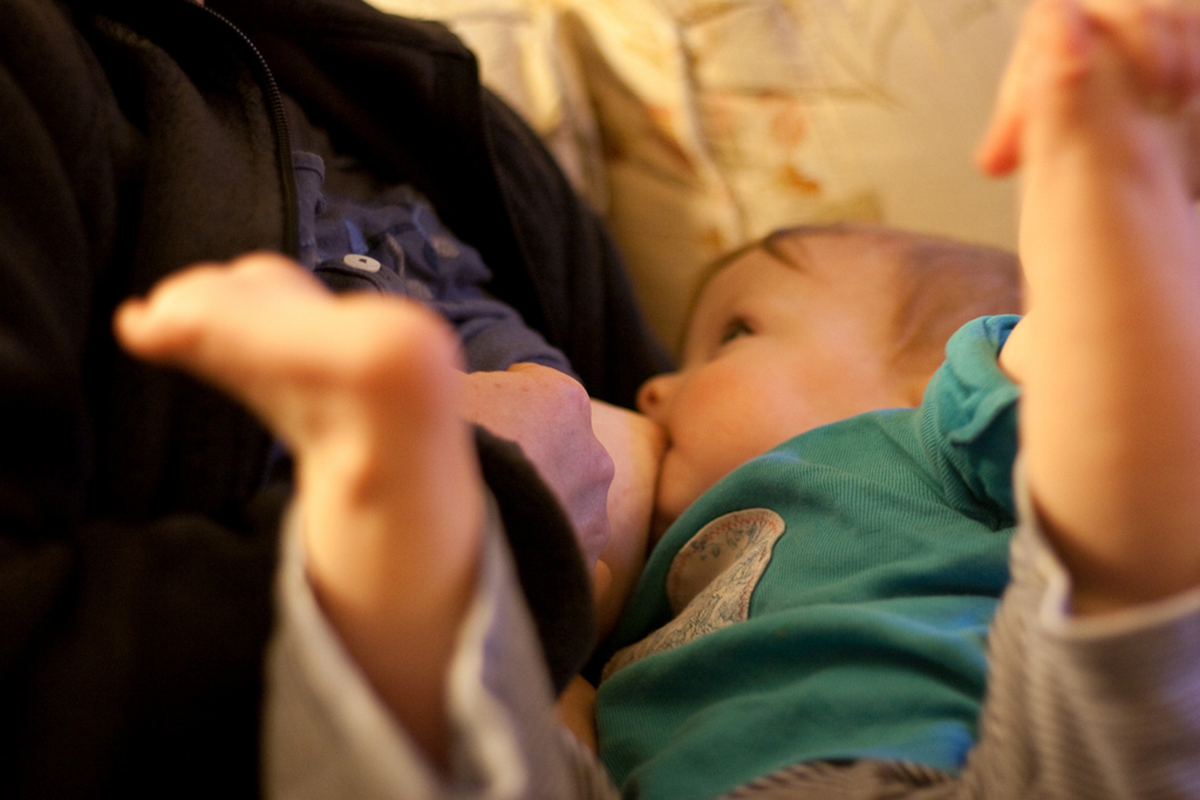Table of Contents
There are multiple drugs and dozens of herbs for starting and stopping breast milk production. Only a few of them work really well.
Milk thistle and malunggay are not the herbs most commonly used to stimulate lactation. These three herbs are fenugreek, shatavari, and fennel. There are some other herbs that will be mentioned later.
- Fenugreek is most often taken as a tea. The milk ducts of the breast are modified sweat glands. There is something about hot fenugreek tea that makes them "sweat" milk. Tea is made with seed powder, not whole seeds. It's best to use water that is piping hot, but not boiling, to make the tea, so that essential oils are not evaporated from the tea. Brew in a closed container such as a teapot. Clinical trials find that it is the tea, not powdered fenugreek in capsules, that makes a difference in milk production. Fenugreek can impart a maple syrup odor to the baby's sweat and urine. There has been a case in which an infant was diagnosed with maple syrup disease (a metabolic condition) when the unusual odor was actually due to the fenugreek the mother was taking.
- Shatavari is the root of Asparagus racemosus, which has many uses in several traditions of Asian herbal medicine. The thing to remember about shatavari is that it adds to the effects of other galactogogues. It does not stimulate milk production when it is used by itself. Drinking a shatavari tea the same day you drink fenugreek tea is helpful, but just drinking shatavari tea or taking shatavari capsules is not.
- The culinary herb and vegetable fennel both increases milk production and settles digestion. It is best used when both issues are problems. Fennel, chamomile, and lemon balm also help soothe tummy troubles in colicky infants. It doesn't make any substantial difference whether the mother consumes them as a hot tea or the infant is given tiny sips of them as warm tea. Either way, the herbs relieve colic, and make it easier for the baby to feed.

There are of course many herbs that increase breast milk production, but not with their limitations:
- Hops and beer are used to increase breast milk production in Central Europe. There is even a German expression about "beer babies" who are well fed. Not just any beer, however, stimulates breast milk production. It's only the darker beers that have enough hops in them to make a difference. The hops will also make baby sleepy, but getting enough hops into the breast milk to make the infant more ready to take naps also requires that the mother get a little tipsy from drinking, which is not always a good thing for the caretaker of a child. Also, babies who get too relaxed can't generate enough suction to get adequate milk from the nipple.
- Goat's rue (Galega officinalis) is a traditional galactogogue. It works best, however, when silymarin (milk thistle) is also taken. Combinations of goat's rue and licorice can cause disturbances in potassium in both mother and infant. Don't take any herbal formula containing and amount of licorice for more than two weeks at a time unless you are under a doctor's supervision.
- Vitex is used to stop lactation when it's time to stop breastfeeding, but it can actually increase milk production. It can also restart the menstrual cycle in women who are still breastfeeding. Stinging nettle and blessed thistle also regulate milk production in two ways, increasing deficient milk production and stopping galactorrhea, leakage of breast milk.
- Bazzano AN, Hofer R, Thibeau S, Gillispie V, Jacobs M, Theall KP. A Review of Herbal and Pharmaceutical Galactagogues for Breast-Feeding. Ochsner J. 2016 Winter.16(4):511-524. Review. PMID: 27999511.
- Zuppa AA, Sindico P, Orchi C, Carducci C, Cardiello V, Romagnoli C. Safety and efficacy of galactogogues: substances that induce, maintain and increase breast milk production. J Pharm Pharm Sci. 2010.13(2):162-74. Review. PMID: 20816003.
- Photo courtesy of ahenobarbus: www.flickr.com/photos/ahenobarbus/4782933498/
- Photo courtesy of moppet 65535: www.flickr.com/photos/9880707@N02/4217656499/
- Photo courtesy of moppet 65535: www.flickr.com/photos/9880707@N02/4217656499/


Your thoughts on this